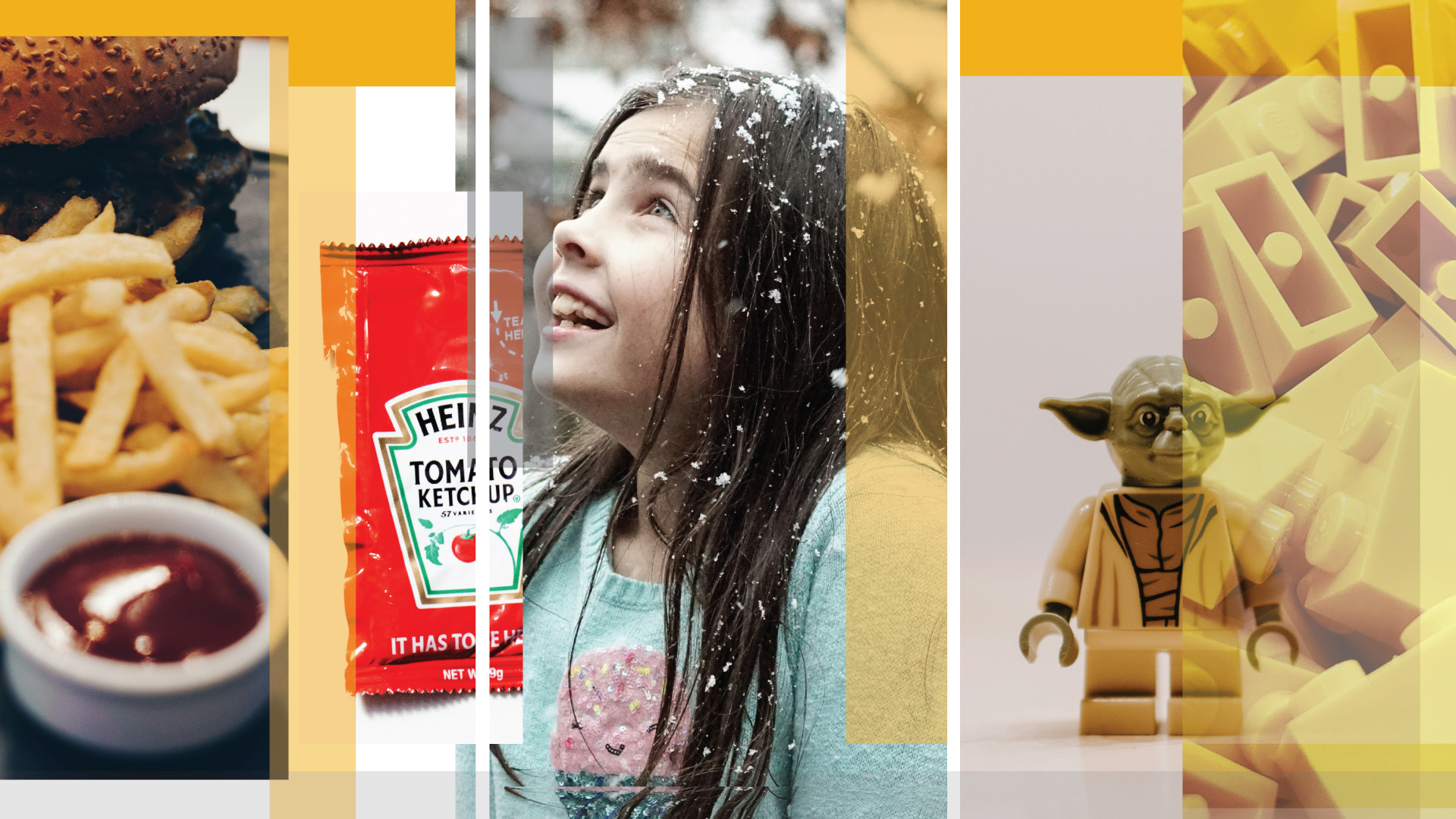Truths be told
Human, brand and product truths are the real drivers behind creative that sticks—and sells.
What sets a campaign apart? It’s not all clever copywriting or stellar visuals (though those help). At the heart of the most compelling creative is something a lot more resonant: truths.
Campaigns and creative rooted in a truth connect with audiences on a subconscious level because they speak to experiences, emotions or insights that people already understand and feel—behavioral scientists call this the “mere exposure effect.” It’s our job to simply point out those truths. Same with comedy; often something is funny because it’s true. This speaks to the emotional power of relatability in marketing.
For us, there are three kinds of truths: human truths, brand truths and product truths.
- Human truths: These are the shared thoughts, feelings or experiences that transcend any individual product or brand. Like how parents get exasperated when their kids refuse their instruction to wear coats on cold days or insist on wearing gym shorts well into the winter. Parents see this as completely nonsensical. But it’s a universally truthful experience, and creative that nods to such human truths can strike a powerful emotional chord.
- Brand truths: These are qualities of a brand’s identity that are undeniably real and resonate with its most loyal users. Heinz leaned into this when creating its “It has to be Heinz” campaign. The brand realized people everywhere sneak its ketchup packets into restaurants, onto planes, into school cafeterias—anywhere and everywhere they should be, but aren’t. So, the brand leaned into its own iconicity.
- Product truths: Sometimes, it’s the unique quirks of a product that carry an undeniable truth. Think about how Cheetos leave cheesy residue on your fingers (officially called “Cheetle,” fun fact) or how stepping on a Lego is universally painful. By embracing these product truths, brands engage consumers with an honest portrayal of their offerings
From insight to impact
Creative without truth is like a story without a plot—it lacks depth. Truths help to ground a message and make it feel real, not like an attempt to sell something.
For instance, when asked to create a campaign announcing that CVS Health pharmacists could prescribe birth control (in select states), we learned that, among those open to it, convenience and avoiding a doctor’s visit were the most appealing reasons. We paired that insight with the truth that running out of certain items quickly escalates to emergency-status—from simple things like Band-Aids and diapers to more serious things like birth control—and when they do, people freeze, stand up straight, go wide-eyed and say, “Oh NO.” That led to a whole campaign around the idea of running in when you run out—during all of your “Oh NO” moments.
The way forward
Whether it’s a shared human experience, a unique product feature or the intrinsic qualities of a brand, truth is what resonates. It’s what makes us feel understood and, ultimately, it’s what makes us care.
In a world of endless noise, truths will always be our most powerful tool to cut through the clutter and build meaningful connections with audiences. Because at its core, the best creative doesn’t promote—it resonates. (Ain’t that the truth.)
